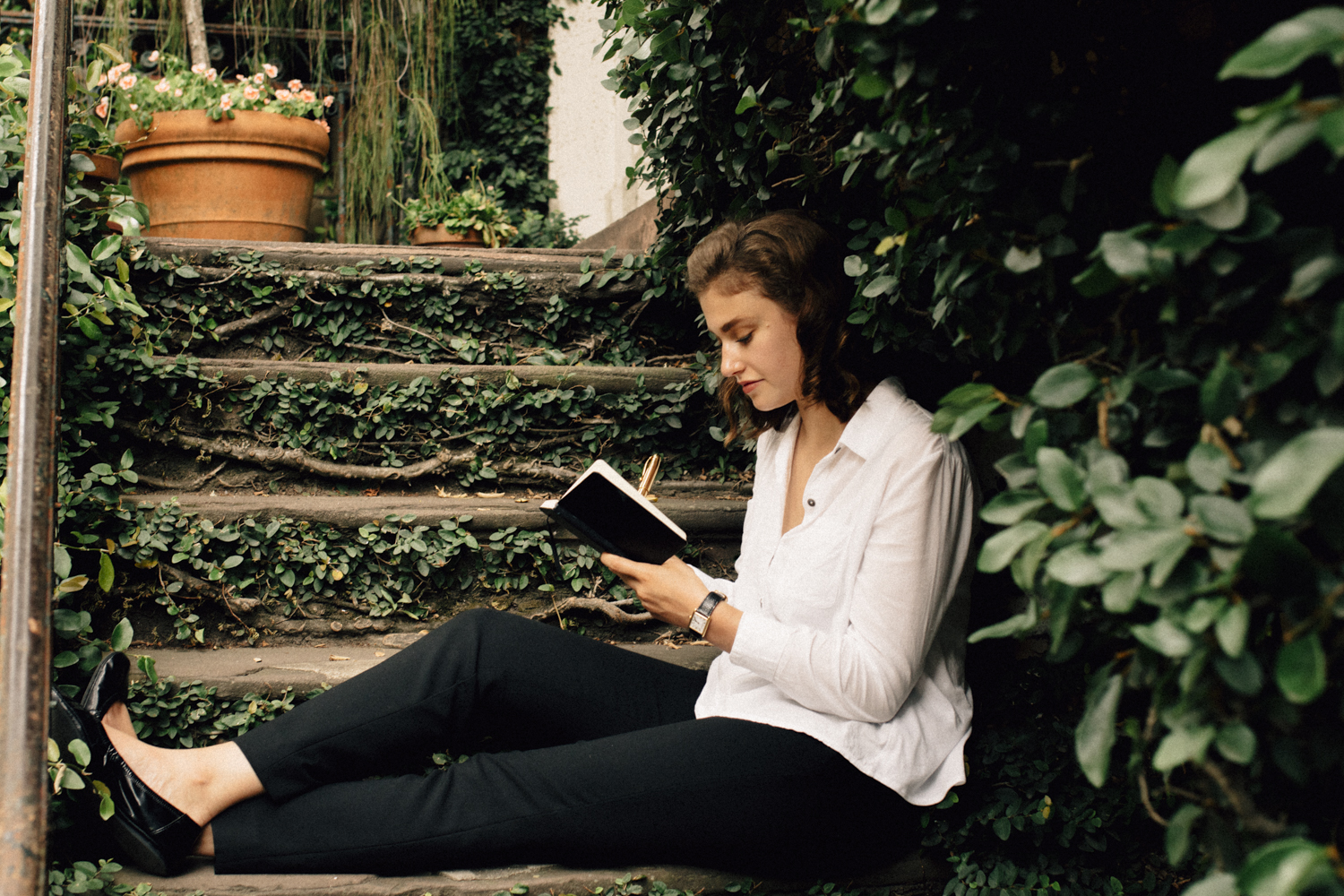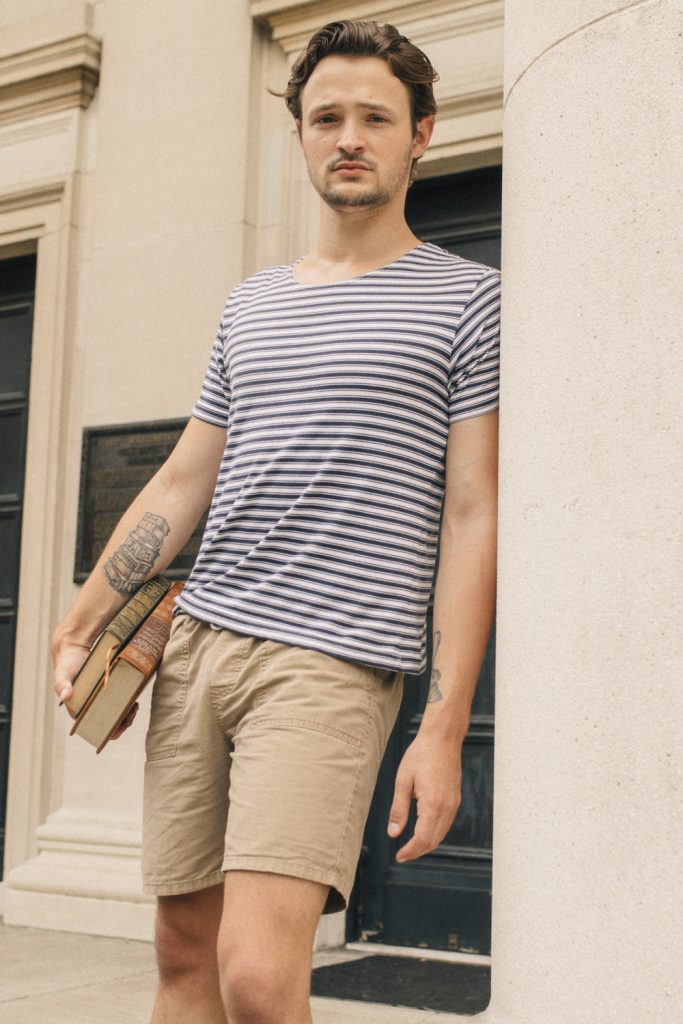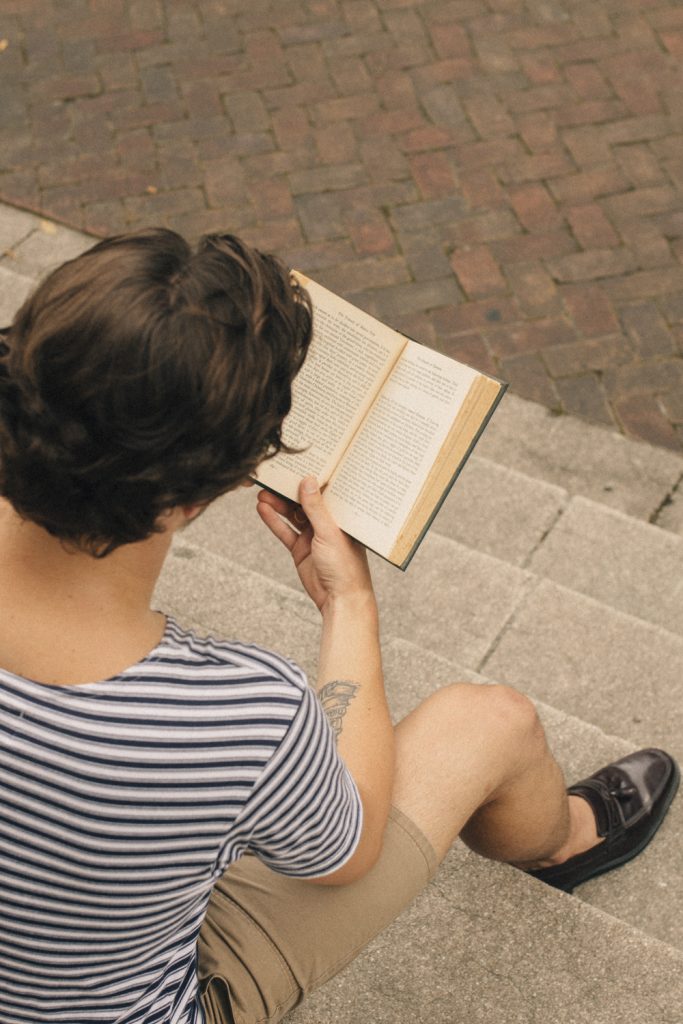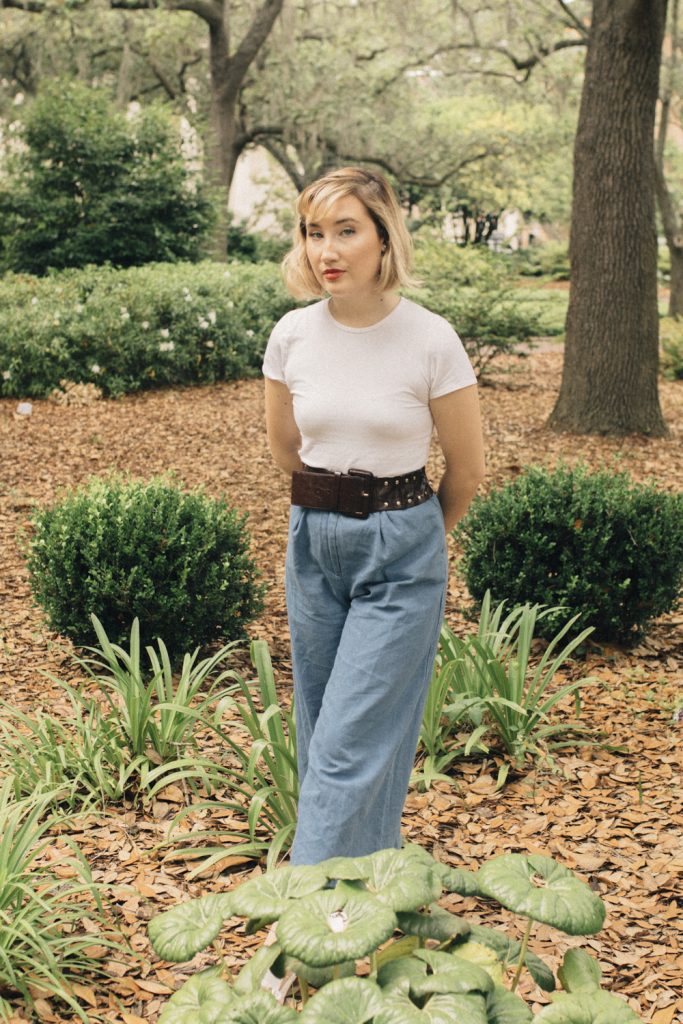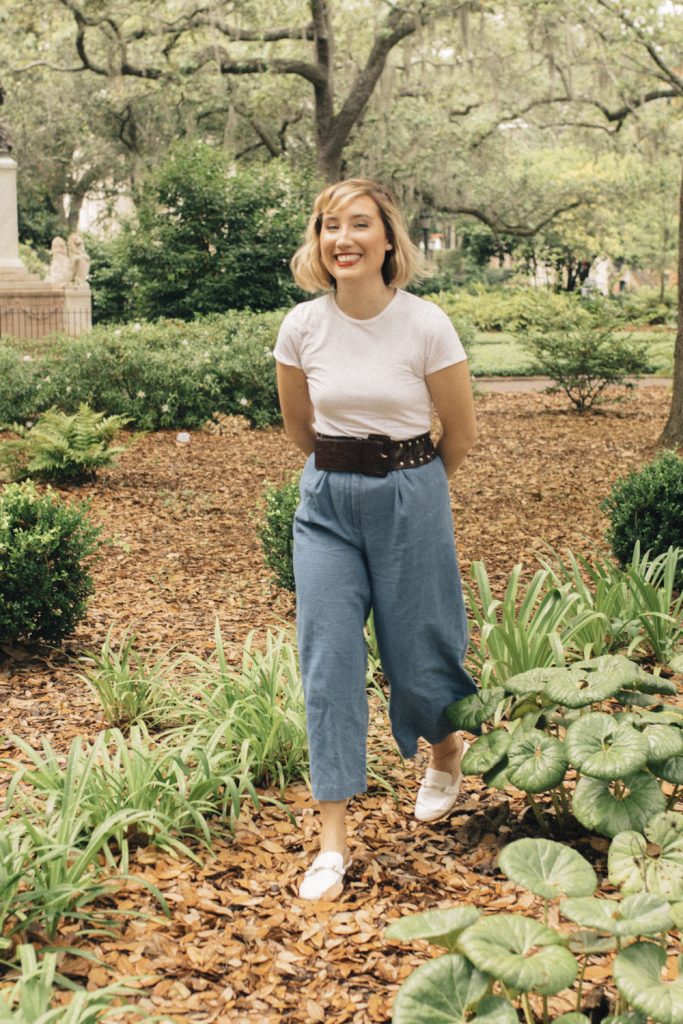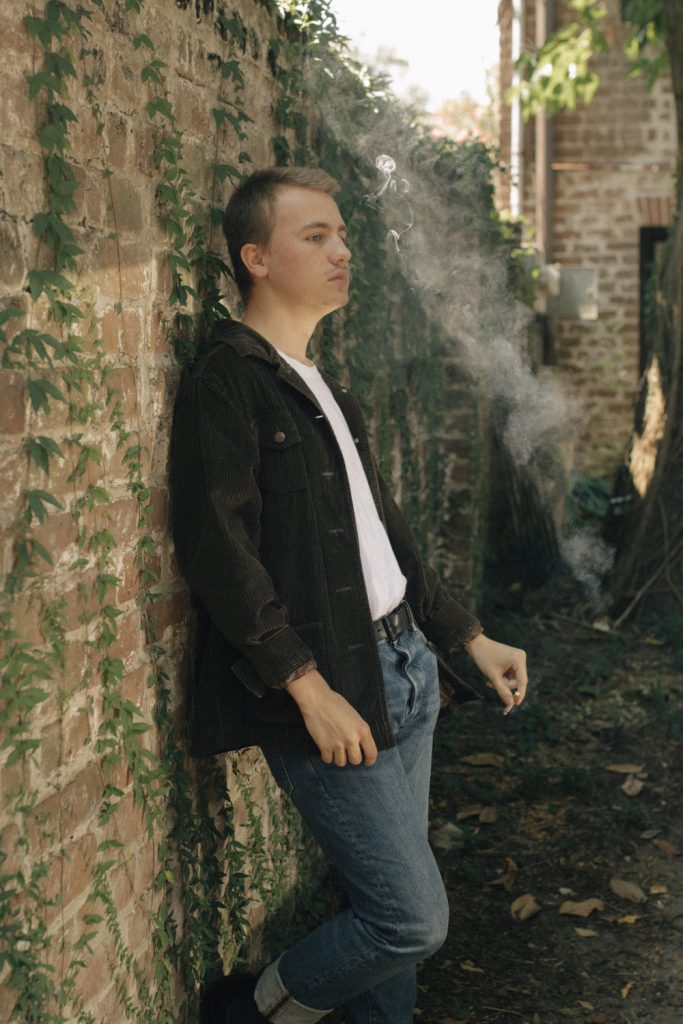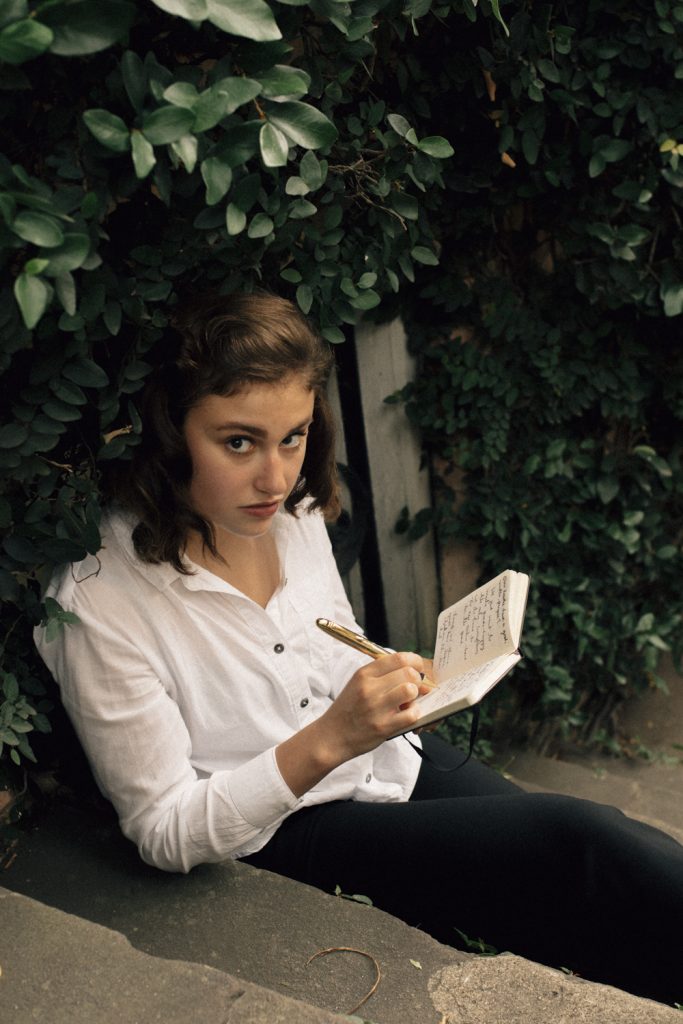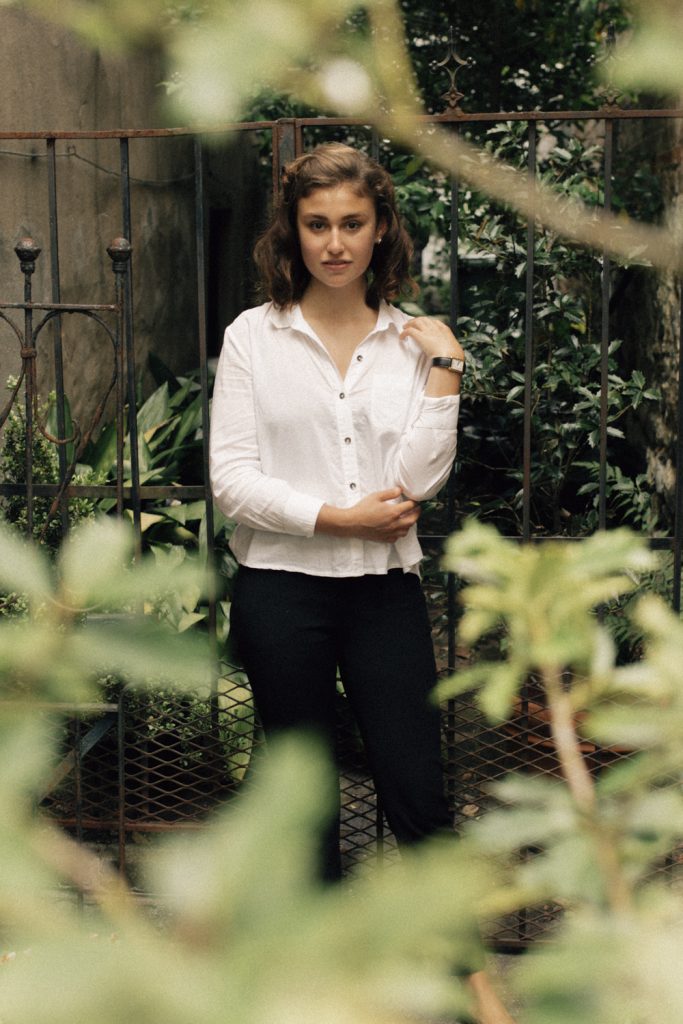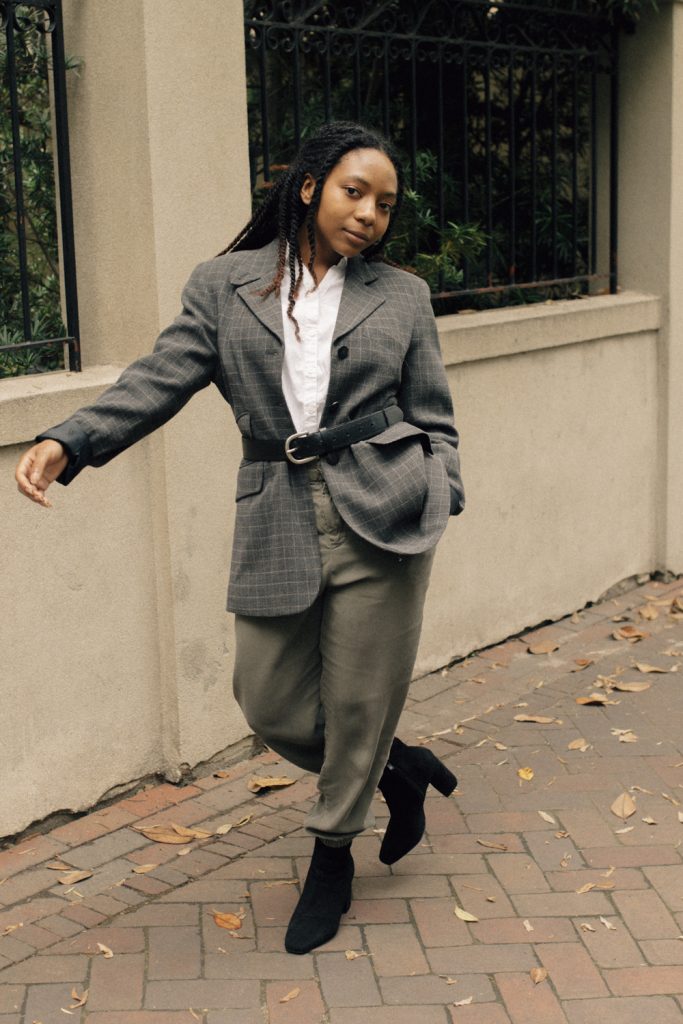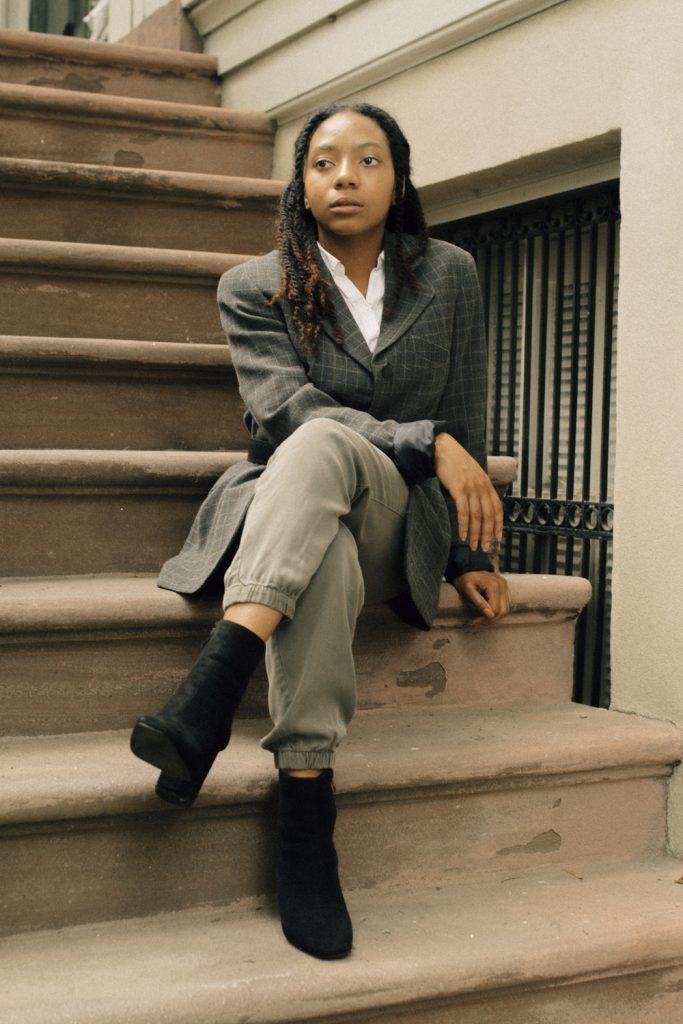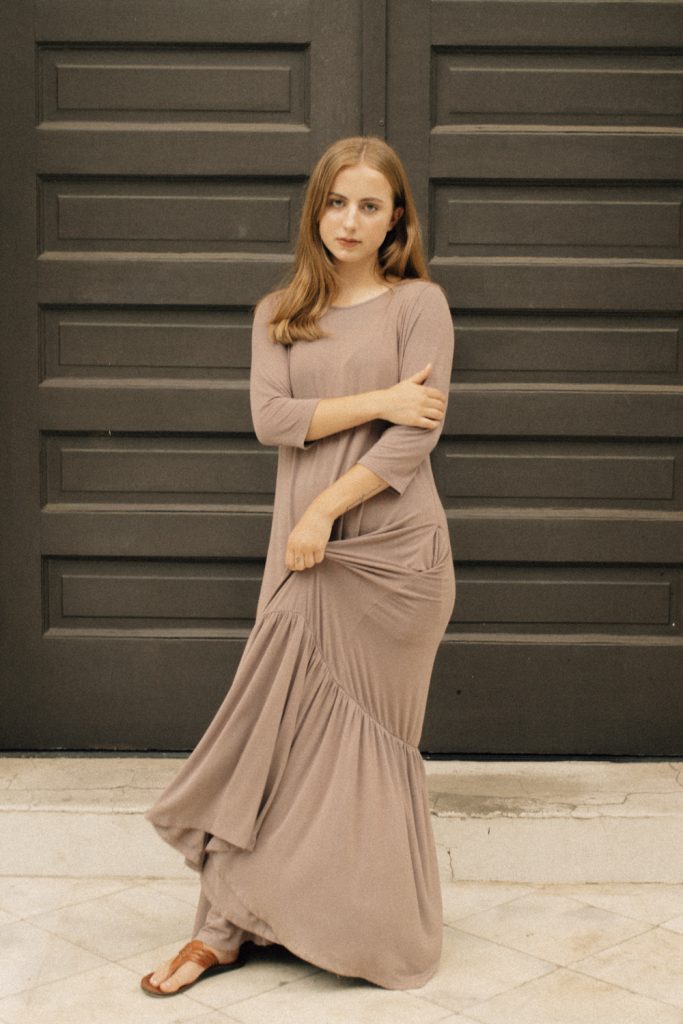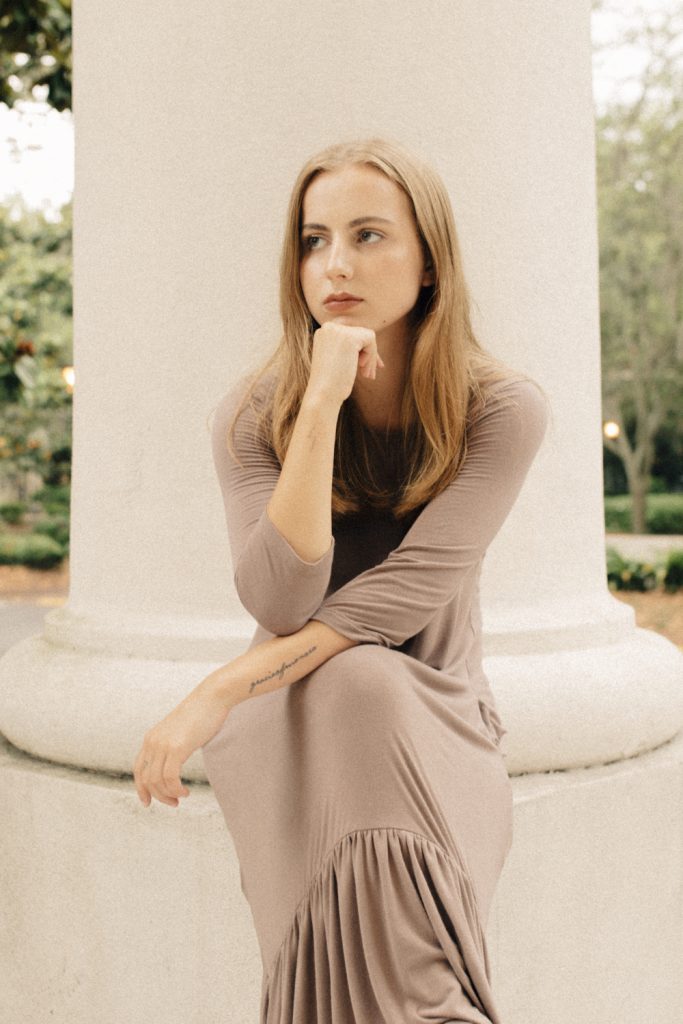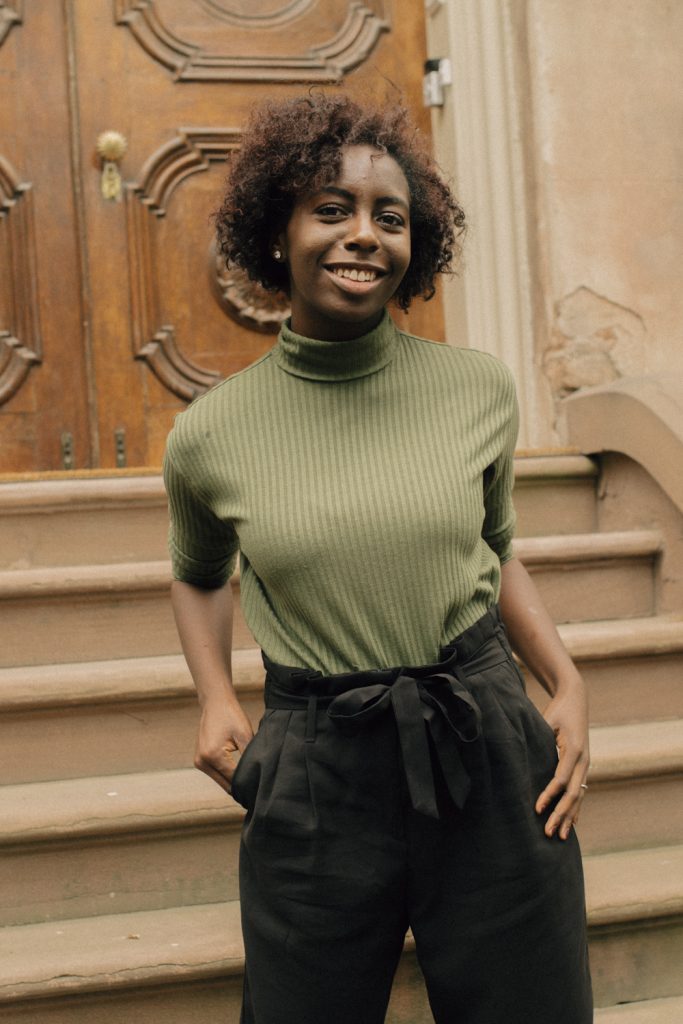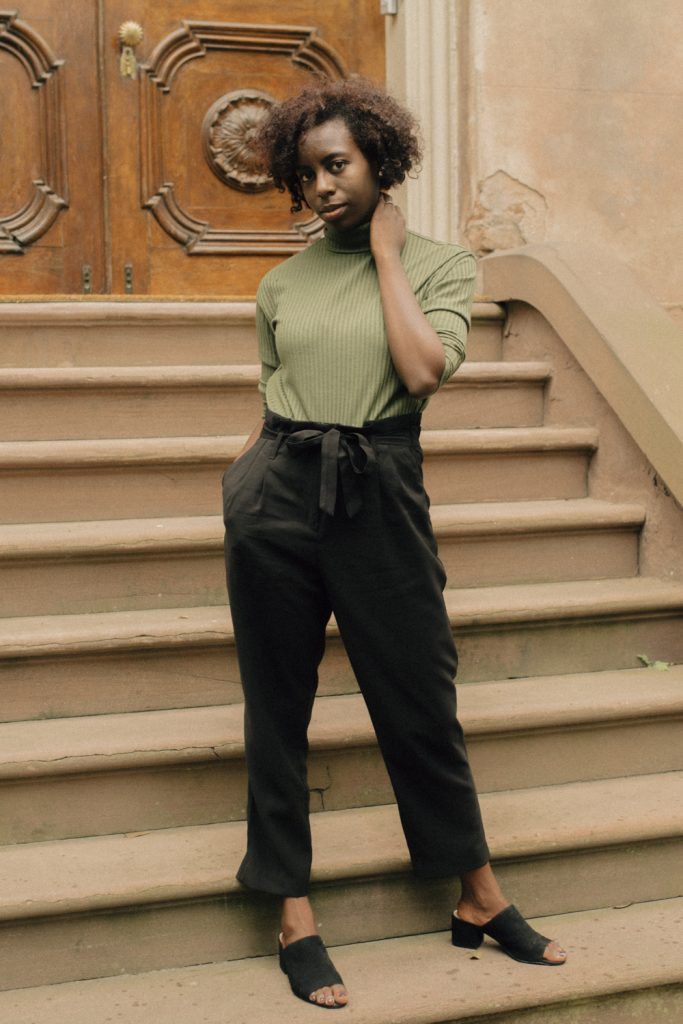In a world full of political pandemonium and a trend-obsessed public, simplicity in any form is appreciated. At this point, wherever I can find it, I latch on. Recently, I found simplicity from somewhere unexpected, in the form of classic literature—more specifically in the classic style of American writers.
The classic American writing style is distinct on its own, but since I started reading these novels, I found myself sometimes drifting away from their words and wondering, who are these writers? What do they look like? What are they wearing? And that’s when I stumbled upon their style and made the connection that they all shared one thing—a classic wardrobe.
Sure, our focus should lie primarily on the writing. Who cares what they look like? I care. When I hear names like Joan Didion, Jack Kerouac or James Baldwin, I don’t just see a name, I see an image. And a writer’s “image” is more important than you think, especially moving into modernity. People don’t just want a name; they want a story. They crave a fully fleshed-out human being, someone to connect to, someone to follow. But, this puts a lot of pressure on the younger generation of writers to simultaneously learn the craft, without hiding behind it. It requires a certain level of confidence and elegance that I believe the writers of the past have mastered not only in their writing, but in their style as well. And I think we should all take notes.
Ernest Hemingway:
The name Hemingway generates a lot of opinions, but I’m not sure that exceptional style is the first thing that comes to mind when hearing it. With as much chaos that unfolds in his novels, whether it be war battles or bar fights, he still manages to ground the reader with moments of stillness; the same could be said about his style. Simple, masculine and neutral-toned, he dressed for functionality rather than attention, because his name alone attracted enough of it. As a man who valued practicality in prose, he mirrored it in clothing.
Sylvia Plath:
Fashion was a world that Plath was familiar with; she had a background in fashion editing for Mademoiselle in New York and wrote fashion reviews in college at the University of Cambridge. Despite her dramatic life and tragic ending, it seems that the so-called princess of melancholy liked to dress without complications. The decade of the ‘50s was all about striving for the illusion of perfection in fashion, but Plath seemed to disregard most of those rules, and opted for occasional androgyny and messy curls, therefore, paving her own way.
Jack Kerouac:
The beats were spontaneous and provocative, and when they elected Kerouac as their unofficial leader, he wanted nothing to do with them. You could say he had a chip on his shoulder, but he was unbelievably perceptive in observing the surrounding chaos, and perhaps his conservativeness translated into his fashion. Much like Hemingway, he dressed for functionality; he wore basics that would allow him to let the road lead him where it may. His style seems to say, “Let my friends do the shouting, and let me sit back comfortably and write about it.”
Anne Sexton:
Sexton was exceptionally bright, charismatic and so strikingly beautiful that she became a fashion model early in her life. Perhaps this is where her knack for style began. Similar to Plath, her inner demons caused her to spiral out of control, but she maintained that simple elegance in her wardrobe. Her poem titled “Clothes” reflects a symbolic intimacy she shares with each piece of clothing. Much like the other writers, her clothing choices were deliberate and meaningful.
James Baldwin:
Baldwin might be the most fashionable of the bunch, but he never strayed from the classics. His accessories packed a punch, much like his unapologetic words. He stuck to blazers and dress-pants, staples in menswear, but added colorful scarves and oversized glasses. He paid homage to the past, while demanding that he be seen and heard now. Most importantly, he owned it.
Joan Didion:
Didion was no stranger to the world of fashion. In fact, she was very much a part of it. Her tone makes you feel immediately welcome; she managed to translate this comfort into her clothing, and I’m sure it was intentional. Being a controlled writer, she knew exactly what she wanted to say and how to say it, and her baggy, yet conservative wardrobe reflected this practicality. And it also exuded unspoken confidence.
Maya Angelou:
She was the voice of a generation, a beacon of light in a dark time, and her style was no exception. With a remarkable list of achievements, it’s no surprise that this woman of many talents also had a keen eye for fashion. Her fearlessness paralleled the bold patterns she wore, but she always went for simple pieces to counteract the design. She wasn’t afraid to be herself, feminine and vocal, and remained elegant doing so.
It could simply be the eras that dictated their style, but I don’t believe it’s that simple. The timelessness of their wardrobe mirrored their novels, essays, plays and poems, and most importantly, it reflected their need for simplicity in a chaotic world. Maybe that’s why they’re timeless icons. If you manage to master an elegant simplicity in your writing, but also translate that into your fashion, it’s powerful and worth remembering.
These writers give us something to look up to. They show us how to manage an image we might not want to reveal, and how to do it with sophistication. That’s what classic style is all about, straying away from the trends, and following our own paths. Because at the end of the day, there’s more to a writer than what’s on the page, and that person deserves to be heard—and seen.
Written by Gracie Williams
Styled by Gracie Williams
Creative Direction by Gracie Williams
Shot by Lance Langel
Models:
Hemingway: Josh Smilie
Plath: Leila Scott
Kerouac: T.J. Laggis
Sexton: Sophie Leopold
Baldwin: Taylor Alexander
Didion: Gracie Williams
Angelou: Ka’Dia Dhatnubia

